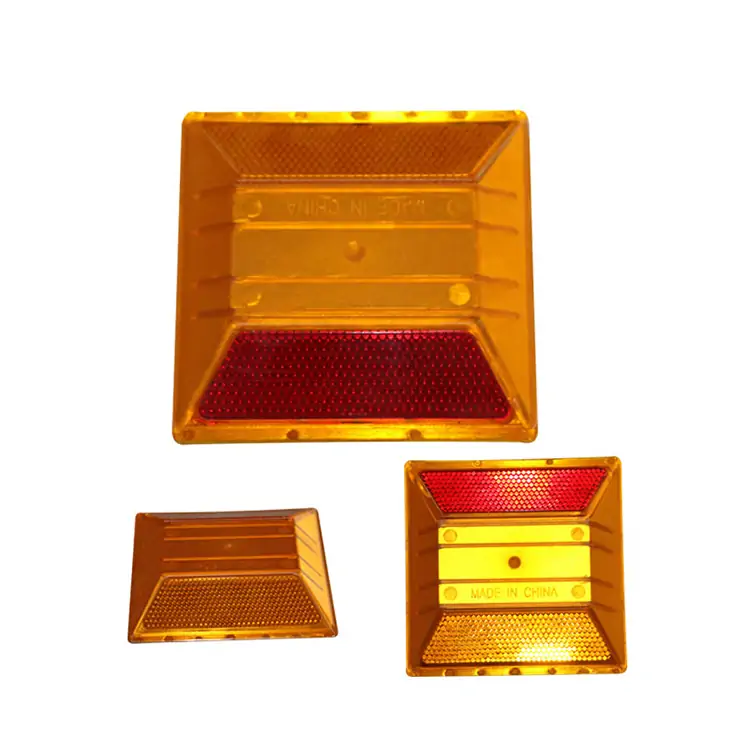Solar traffic signs have emerged as a sustainable and efficient solution for improving road safety and traffic management. This blog post aims to provide a comprehensive overview of solar traffic signs, with a specific focus on their development and implementation in China. We will explore the benefits, challenges, and future prospects of solar traffic signs in this rapidly evolving field.
Solar traffic signs utilize solar energy to power their illumination, making them an eco-friendly and cost-effective alternative to traditional traffic signs. These signs are equipped with solar panels that convert sunlight into electricity, which is stored in batteries for use during nighttime or low-light conditions.
Development of Solar Traffic Signs in China:

China has been at the forefront of solar traffic sign development and implementation. The country’s commitment to sustainability and technological innovation has driven the rapid growth of this industry. Here are key milestones in the development of solar traffic sign in China:
Early Adoption: China began experimenting with solar traffic signs in the late 1990s, recognizing their potential to improve road safety and reduce energy consumption.
Government Initiatives: The Chinese government introduced several policies and incentives to promote the adoption of solar traffic signs. These initiatives aimed to reduce carbon emissions, enhance energy efficiency, and improve overall traffic management.
Technological Advancements: Chinese companies and research institutions have played a significant role in advancing solar traffic sign technology. They have developed innovative designs, improved energy storage systems, and enhanced the durability and reliability of these signs.
Benefits of Solar Traffic Signs:
Solar traffic signs offer numerous benefits, including:
Energy Efficiency: Solar traffic signs eliminate the need for external power sources, reducing energy consumption and associated costs. This aligns with China’s broader goals of reducing carbon emissions and achieving sustainable development.
Improved Visibility: Solar traffic signs are equipped with high-intensity LEDs, ensuring excellent visibility even at night or in adverse weather conditions. This enhances road safety by making traffic signs more noticeable to drivers.
Reduced Maintenance: Solar traffic signs require minimal maintenance compared to traditional signs. They do not require regular battery replacements or electrical wiring, reducing maintenance costs and labor requirements.
Durability and Reliability: Solar traffic signs are designed to withstand harsh weather conditions, including extreme temperatures, heavy rain, and strong winds. Their robust construction ensures longevity and reliable performance.
Challenges and Future Prospects:
Despite their numerous benefits, solar traffic signs also face certain challenges and opportunities for further development:
Initial Investment: The initial cost of purchasing and installing solar traffic signs can be higher compared to traditional signs. However, the long-term savings in energy costs and maintenance often outweigh the initial investment.
Weather Dependence: Solar traffic signs rely on sunlight to generate electricity. In regions with limited sunlight or prolonged periods of darkness, additional power sources or energy storage systems may be necessary.
Technological Advancements: Ongoing research and development efforts are focused on improving the efficiency of solar panels, battery technology, and LED lighting. These advancements will further enhance the performance and reliability of solar traffic signs.

